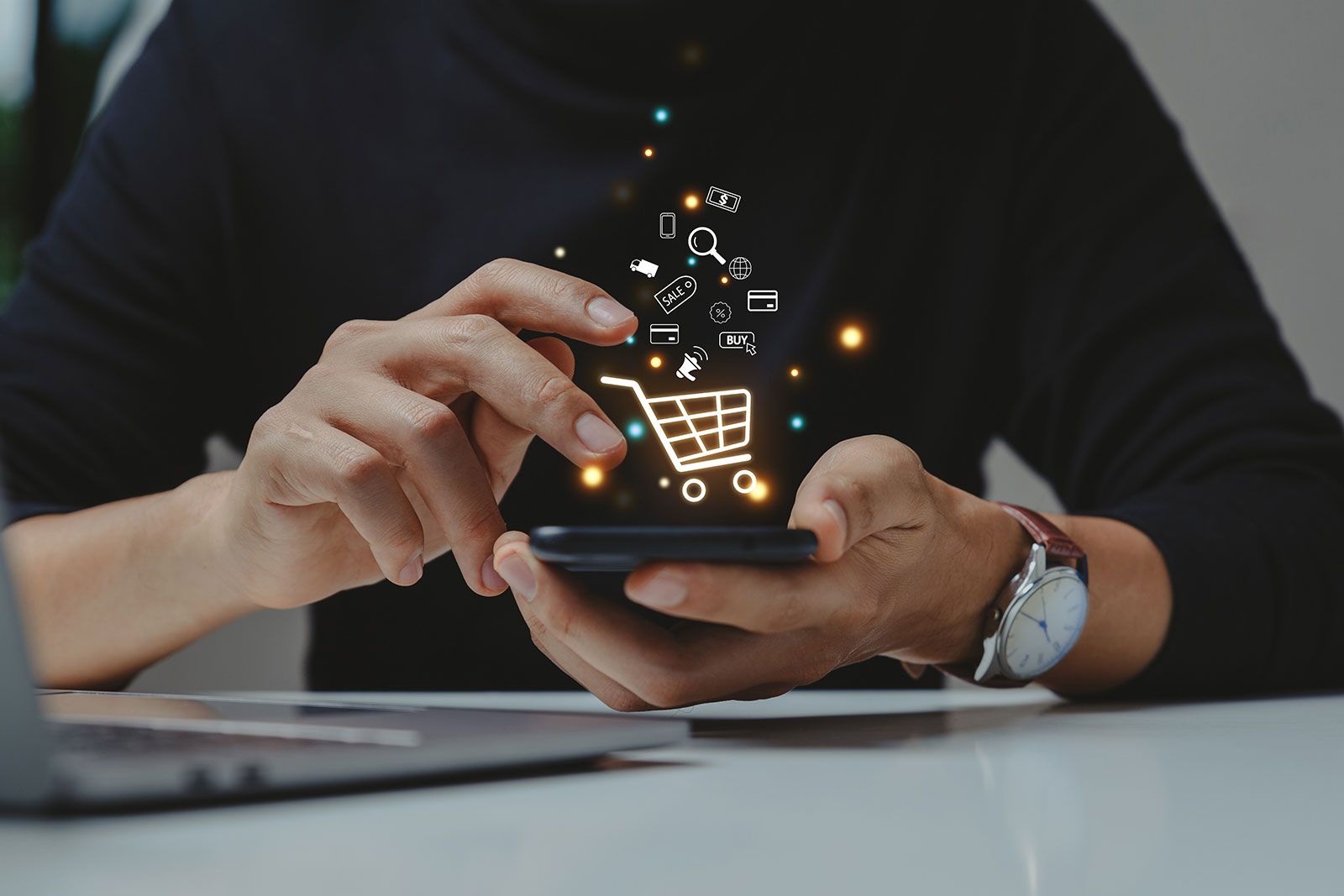Table of Contents
In ecommerce, if you want to maximize your customer lifetime value, reduce acquisition costs, and increase your conversion rate, you need a well-structured sales funnel.
This is especially true if you offer subscription-based products. Whether you sell monthly supplements, beauty boxes, or digital memberships, a funnel helps move potential customers from awareness to purchase — and keeps them engaged long after.
This article breaks down how to build a practical, high-converting eCommerce sales funnel and explains why it’s critical for subscription businesses.
What Is a Sales Funnel?
A sales funnel is the step-by-step journey that a potential customer follows before they make a purchase. In eCommerce, this typically includes:
-
Top of Funnel (Awareness) – The customer becomes aware of your product or brand.
-
Middle of Funnel (Consideration) – They engage with your content, browse products, or subscribe to emails.
-
Bottom of Funnel (Conversion) – They make a purchase or start a subscription.
-
Post-Purchase (Retention) – You follow up with value-driven messaging, upsells, and retention strategies.
Each stage has a purpose, and when optimized correctly, a funnel can dramatically improve your customer acquisition and retention performance.
Why a Sales Funnel Matters for Subscription-Based Products
With one-time purchases, your job is to convert. With subscriptions, your job is to convert and retain. That makes the structure and strategy behind your funnel even more important.
A well-designed funnel:
-
Educates leads before they buy
-
Nurtures trust and interest over time
-
Positions your subscription as the obvious choice
-
Increases customer lifetime value (CLV)
-
Reduces churn by setting proper expectations upfront
Subscription eCommerce businesses need to earn long-term buy-in, not just impulse buys. A funnel helps you build that relationship from the very first touchpoint.
Step-by-Step Guide to Building an Effective eCommerce Sales Funnel
Step 1: Understand Your Ideal Customer
Before you build anything, know who you’re selling to. Identify:
-
Their pain points or goals
-
Why they might want your product monthly
-
What objections they may have (price, commitment, value)
-
How your offer is different from competitors
This customer understanding will shape every element of your funnel — from ad messaging to checkout experience.
Step 2: Attract Attention With Targeted Traffic
At the top of the funnel, your job is to generate awareness. The most common methods include:
-
Paid Ads (Facebook, TikTok, Google) with short, engaging videos
-
Organic Content (blog posts, social media, YouTube) that solves problems your audience has
-
Influencer Collaborations that generate quick credibility and exposure
If you’re offering a subscription, lead with a benefit — such as convenience, exclusive access, or cost savings over time.
Step 3: Capture Leads and Offer Value
Not everyone is ready to buy right away. Use lead magnets to capture email addresses and warm up your audience over time.
Some examples:
-
A “subscribe and save” discount
-
A free quiz with personalized product recommendations
-
A downloadable guide related to your niche (e.g., “10 Supplements That Actually Work”)
This allows you to create email flows or SMS sequences that explain your product’s value before asking for the sale.
Step 4: Build a High-Converting Landing Page
Once someone is warm, drive them to a dedicated landing page that speaks directly to your offer. Don’t just use a generic product page — this is your funnel’s conversion engine.
For subscription products, focus on:
-
What’s included each month
-
How billing works
-
Trust signals (reviews, testimonials, guarantees)
-
Clear benefits of subscribing vs. one-time purchase
-
Frictionless checkout (a single-page flow works best)
This is where tools like Checkout Champ come in. They allow subscription brands to offer fast, customizable checkouts, with support for upsells, order bumps, and rebills — all without slowing down the customer.
Step 5: Optimize for Upsells and Average Order Value
One of the most powerful aspects of a funnel is the ability to increase revenue per customer.
Here’s how:
-
Pre-purchase upsells (e.g., “Add 2 more and get 15% off”)
-
Post-purchase upsells (e.g., “Want to double your supply next month?”)
-
Subscription upgrades (e.g., quarterly billing, premium tier)
With platforms like Checkout Champ, these elements are built into the sales flow. You can test which upsells work best and automate the rest.
Step 6: Use Email and SMS to Nurture and Retain
After someone joins your subscription, your work is not done. Post-purchase engagement is critical to retention.
Send:
-
Onboarding emails explaining what to expect
-
Educational content that increases product usage or satisfaction
-
Reorder prompts or reminders
-
Exclusive subscriber content or bonuses
This builds trust and reduces churn — both critical for long-term profitability.
Step 7: Segment Your Funnel Based on Behavior
Not all customers interact the same way. Use segmentation tools to adjust messaging based on:
-
New visitors vs. returning users
-
Subscribers vs. non-subscribers
-
Cart abandoners vs. buyers
-
Subscription length (new vs. long-term)
This helps you show the right message at the right time — improving conversion rates and loyalty.
Funnels: Your Path to Ecommerce Success
In eCommerce, building a structured sales funnel is no longer optional — it’s a strategic advantage. For brands that offer subscription-based products, it’s even more critical.
By attracting the right traffic, capturing leads, optimizing for conversion, and nurturing customers post-purchase, you can create a funnel that delivers consistent, scalable growth.
Whether you’re launching a new product or looking to reduce churn, a high-performing funnel backed by a tool like Checkout Champ can help you build the kind of system that turns clicks into long-term customers.
Done right, your funnel becomes more than a marketing strategy — it becomes the foundation of your entire business model.


